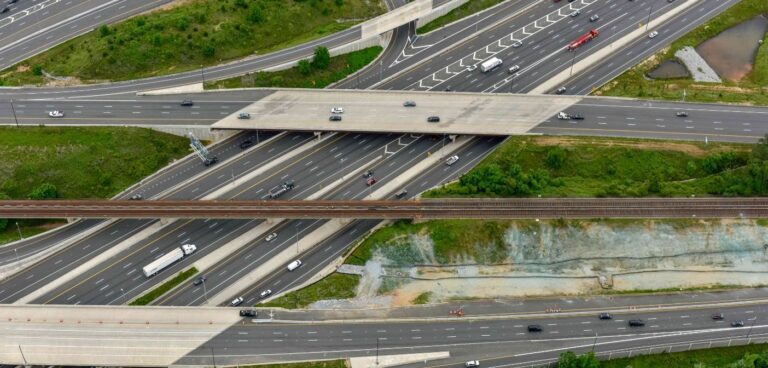Indra, a global technological engineering company for the mobility, aerospace and defence sectors, has announced that it is working with global mobility solutions company Cintra to develop a traffic information platform that enhances motorist safety by providing relevant and accurate information in real time.
The Central Road Information System (CRIS) can reportedly be integrated with all highway management systems. It is designed to automatically recommend information suitable for sharing with connected and offline vehicles to operators in real time through variable messaging panels.
The cloud solution uses artificial intelligence and edge computing, integrating data from all types of sensors, from radar and traffic meters to 3D lidars and connected vehicles, which also act as sensors to identify the highway’s status.
According to Indra, the platform’s real-time data processing capacity is extremely high. It uses cellular vehicle-to-everything (C-V2X) equipment and has advanced design-based cybersecurity capabilities endorsed by certifications updated weekly to ensure completeness of the data and to prevent confusing or false information from being sent to connected vehicles.
“The goal of CRIS is to improve safety on highways of the future with high-precision information,” said Manuel López Villena, infrastructure and road traffic global director of Indra’s mobility business.
“The information makes it possible to identify and address any incident with a minimal margin of error. Examples are a person on the road or oncoming vehicles that are going the wrong direction.
“Having this information helps the driver assess the situation and make the most appropriate decision.”
CRIS initially includes nine configurable and expandable services that can be adjusted according to warnings of road works, incidents on the road, approaching emergency vehicles, detection of oncoming vehicles, vehicles stopped on the road, backed-up and slow traffic, pedestrians on the road, nearby circulation of maintenance vehicles and adverse weather conditions.
CRIS will be deployed initially as part of the Cintra-developed I-66 Outside the Beltway project near Washington, DC, USA, where it will have a future processing capacity of 10 messages per vehicle per second, for traffic estimated at more than 200,000 vehicles per day.
The I-66 traffic management centre will receive CRIS data in real time, including road safety messages suitable for sending to road users, thus improving traffic safety and flow.
Indra is currently implementing an advanced managed lanes toll system in this infrastructure to facilitate dynamic pricing under a contract that includes communication systems for connected cars.
According to Indra, the deployment of CRIS will complement the I-66 Outside the Beltway project, with the inclusion of comprehensive coverage of the highway with C-V2X communications equipment.
What’s more, 3D lidar devices, comprising sensors with edge computing capabilities thanks to artificial intelligence algorithms, will also be installed in highway exit areas to monitor and detect incidents with enhanced accuracy.
In addition, Indra will equip the highway concession holder’s vehicles with OBU equipment so that they will be the first to be connected and send and receive information to and from the platform.





